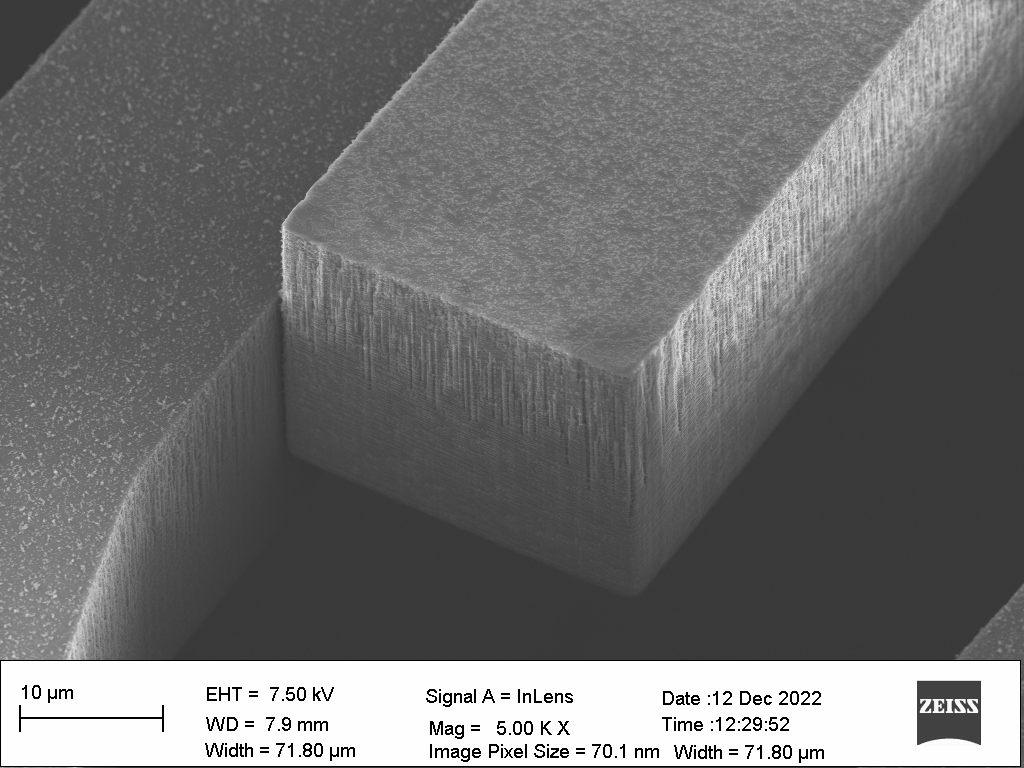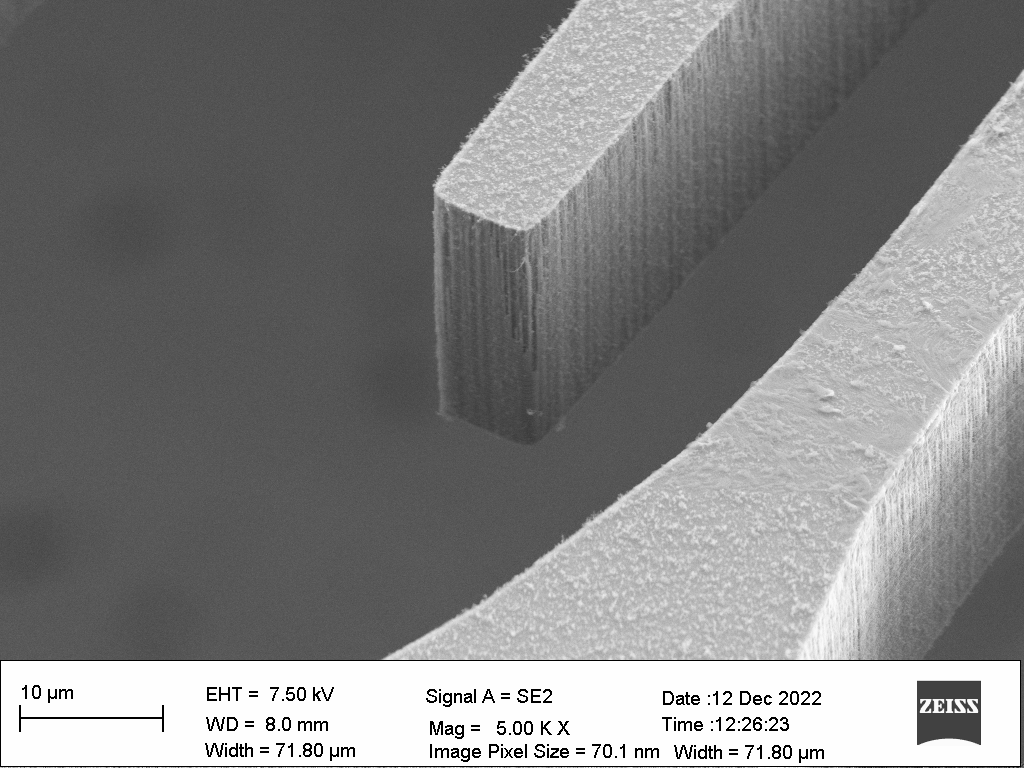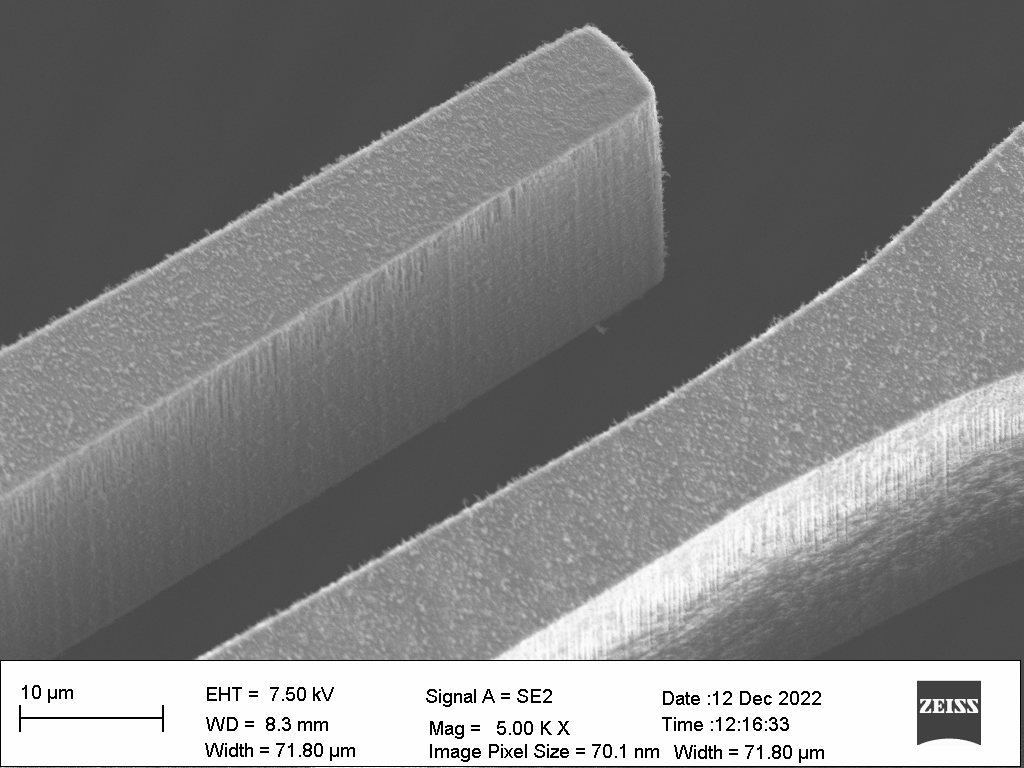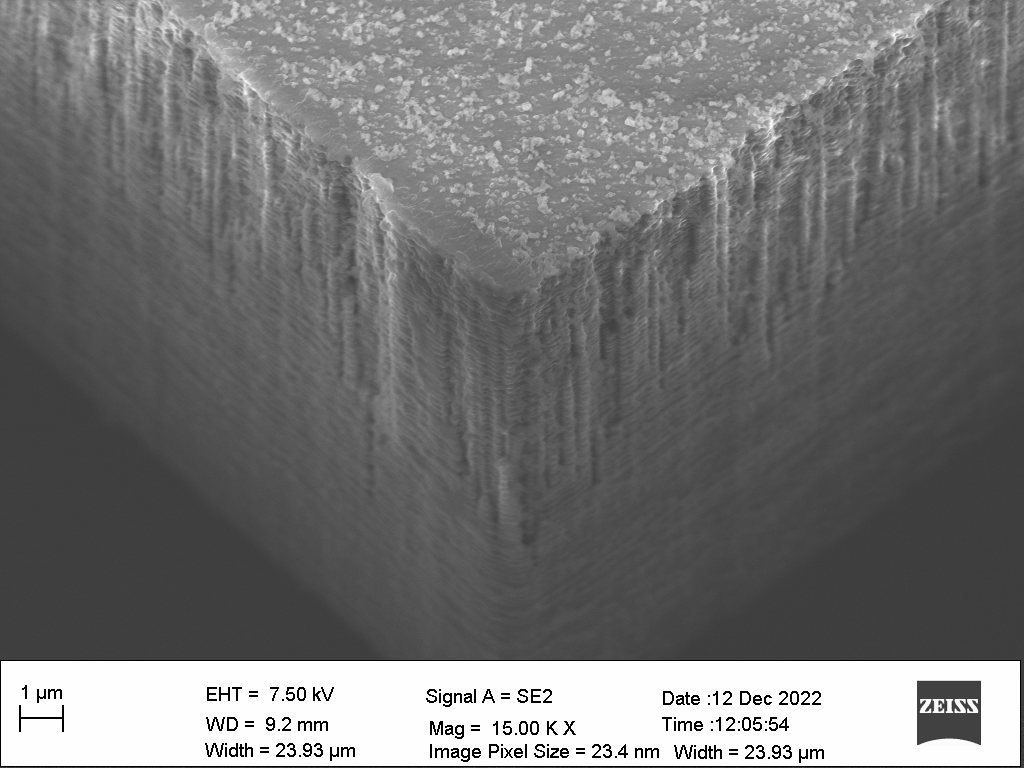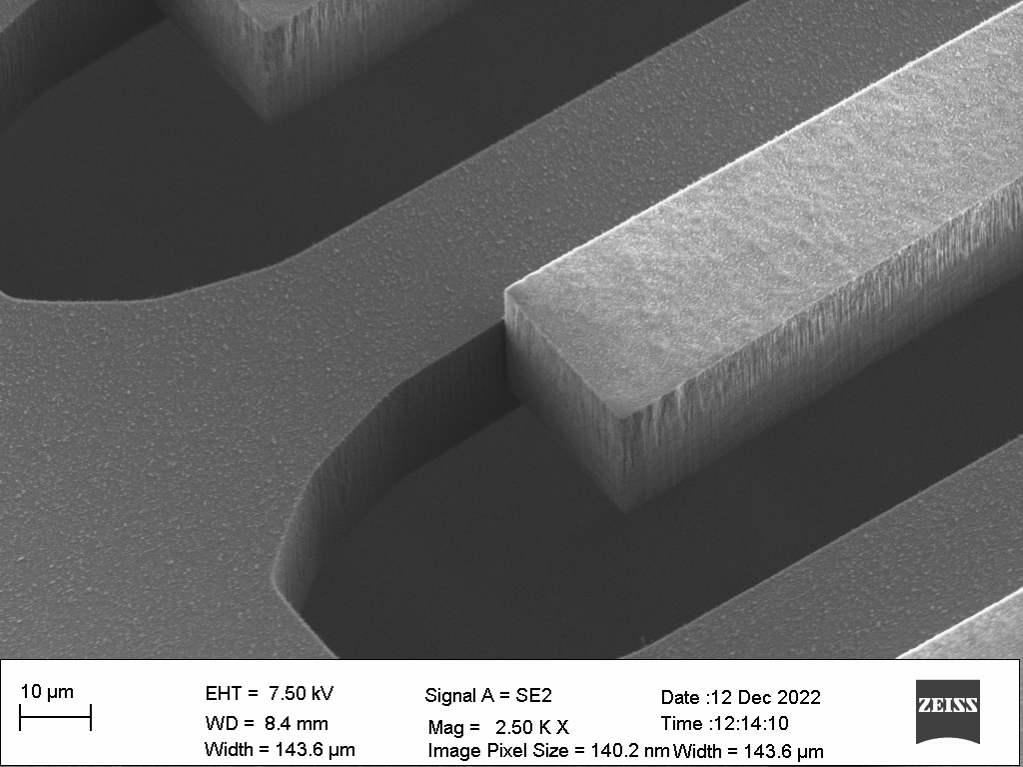MEMS Research: Power Harvesting Applications
Contributors: Matthew Galarza, Jinglun Li, Habilou Oura-Koura, Hannah Arnow, Arian Nowbahari, Meg Obispo and Diana-Andra Borca-Tasciuc
Research Overview
The field of micro-electromechanical systems (MEMS) is one that is extremely exciting and has incredible potential in a variety of applications. As a master's student at RPI, I had the opportunity to study with Dr. Diana-Andra Borca-Tasciuc and contribute to research on electrostatic power harvesting MEMS in conjunction with the Center for Future Energy Systems (CFES). During this time, I completed device fabrication and testing, learning and honing my skills in Parylene-C deposition, circuit design, CAD, and lumped-element modeling. In addition to device construction, I also developed new models and completed Gaussian process surrogate optimization to improve device RMS outputs; providing the research group with insight into greater topological improvements. By developing accurate models for interdigitated variable capacitors in conjunction with device testing, I contributed to a project investigating novel comb designs for enhanced power and bandwidth in electrostatic MEMS devices, culminating in a paper submitted to The International Conference on Micro-Electro-Mechanical Systems (IEEE MEMS) this past year.
Presently, I am exploring microscale dynamics and the unique physics related to free oscillating members. An interesting phenomenon I have noticed during testing is the effect of mass distribution due to geometry on oscillating members. Similar to a mass-pendulum system, the effect of material distribution plays a large role in microscale movement and can prove to be an interesting area of focus. I believe the harnessing of such chaotic and non-chaotic motion can prove to be a valuable asset to be explored, expanding the range of frequency-up conversion in a wide range of MEMS applications. Furthermore, I am investigating novel ways of parametric amplification. Parametric amplification can be used to enhance the response of a mass-spring system to external excitation and to increase its effective quality factor. The quality factor is a dimensionless parameter that describes how underdamped an oscillating or resonating system is. The current method investigated is the inclusion of small metal spheres that reside in a cavity of the shuttle mass. The goal is to design the cavity such that the ball collides every half period, amplifying the amplitude of collision and potentially mitigating damping losses.
In addition to investigating novel MEMS designs and microscale physics, our group is also collaborating with other institutions in Norway and Portugal to improve device circuit design and machine learning optimization, respectively. Furthermore, I am collaborating with professors at Cal Poly Pamona to investigate the chaotic parametric amplification discussed above. If you are interested in learning more about my research please reach out!
Extension of Work
As stated previously, the field of MEMS is large and has a plethora of application areas. In addition to power harvesting, I have been researching new ways to use MEMS for sensing purposes, both biological and environmental. Through my investigation into microscale dynamics, I hope to better characterize MEMS devices. This will allow for the application of known geometric or dynamic attributes to be used in any field. I believe that a fully robust and known characterization of many phenomena will allow for large scale production and design of devices. This improvement could push MEMS into the forefront of the fourth industrial revolution, potentially incorportating AI and machine learning into device designing. As for continuing my graduate study, I hope to be able to work in this field and continue pursuing the vision I have for this area of research!
Research Photos
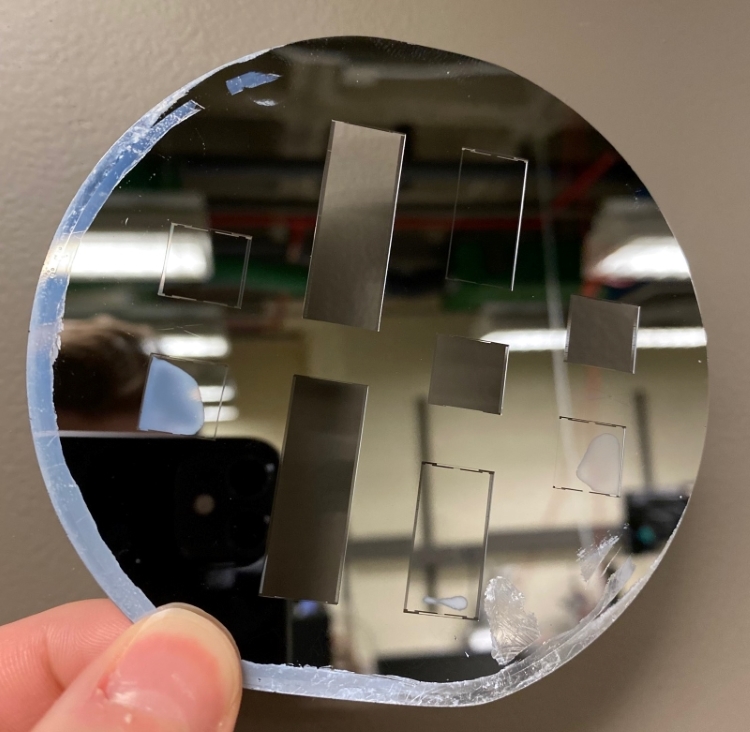
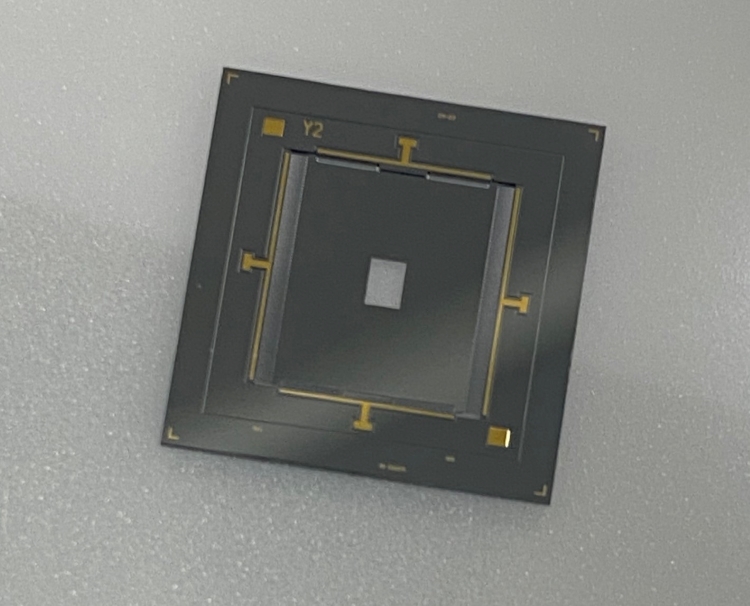
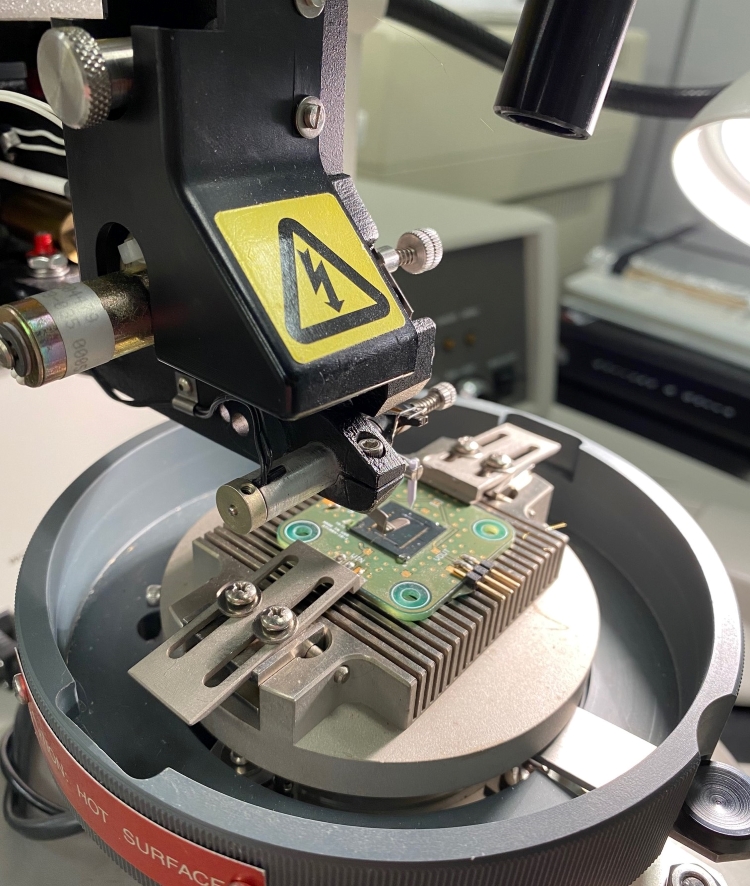
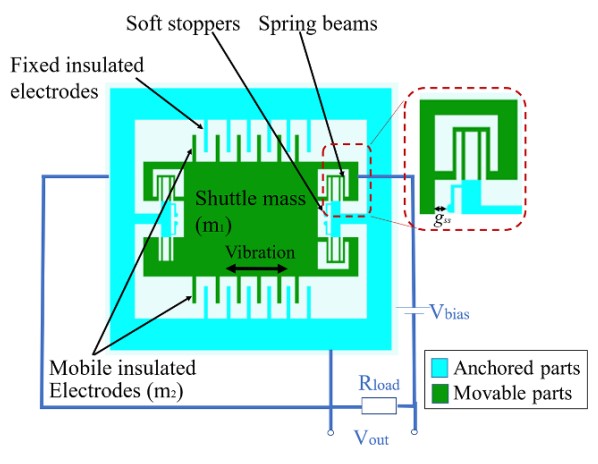
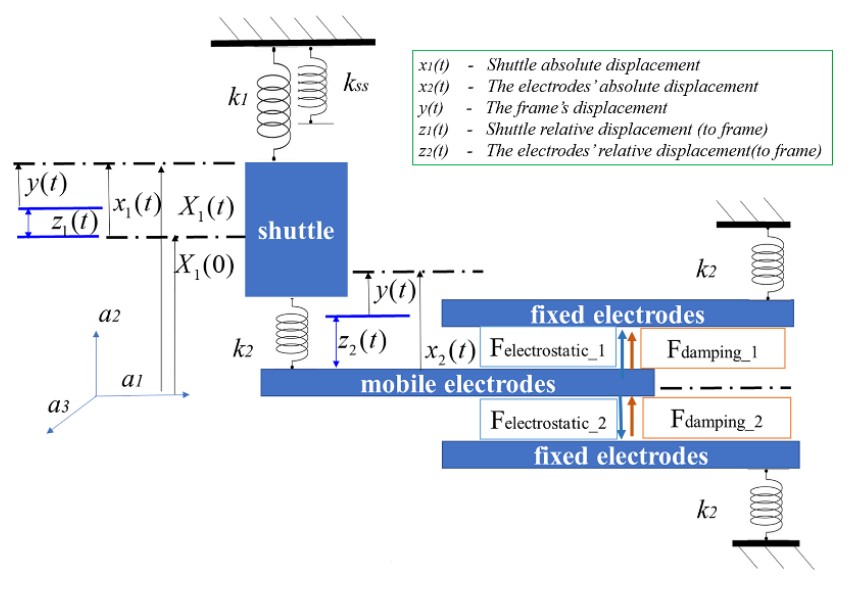
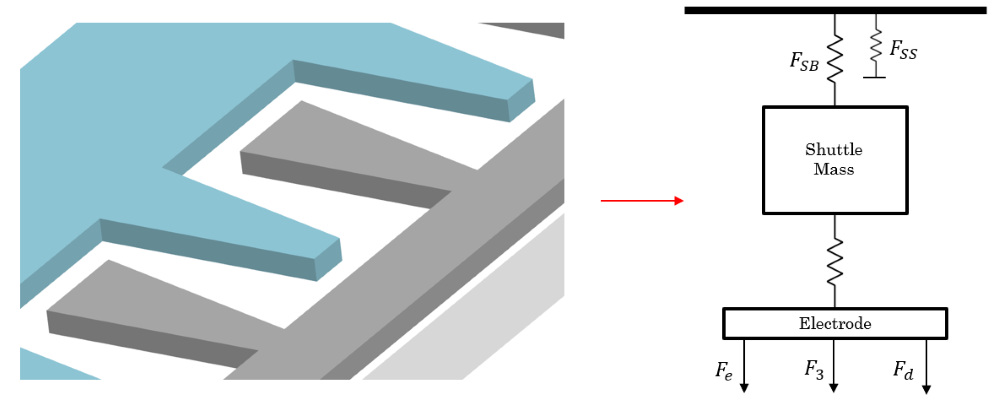
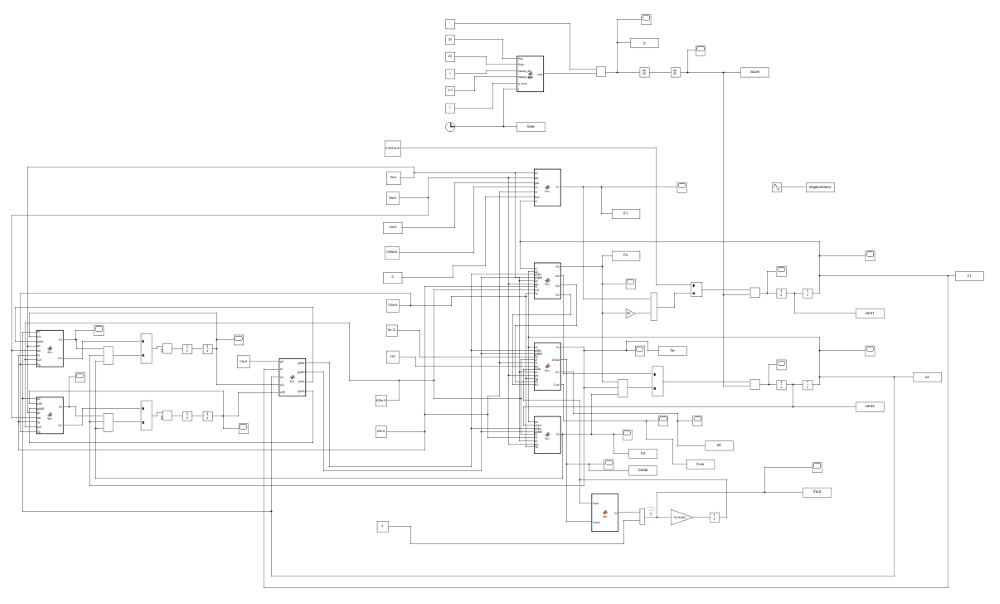
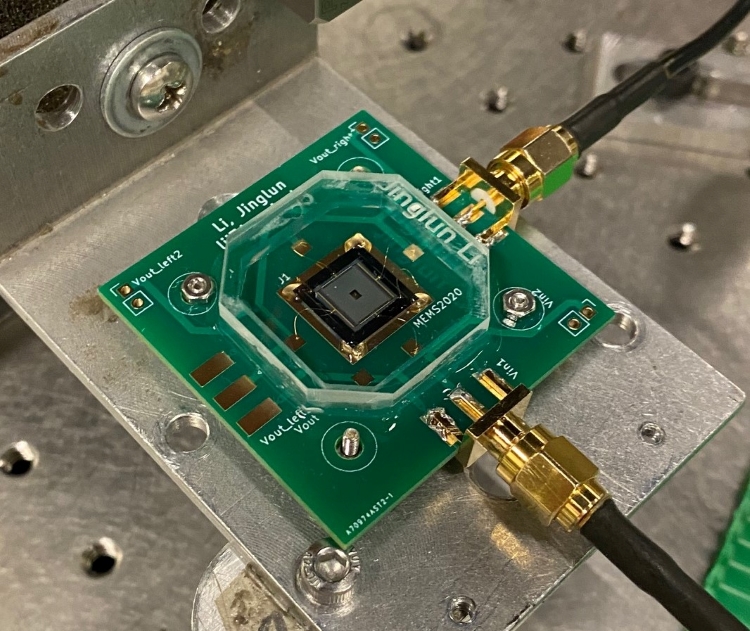
Scanning Electron Microscope (SEM) Photos
